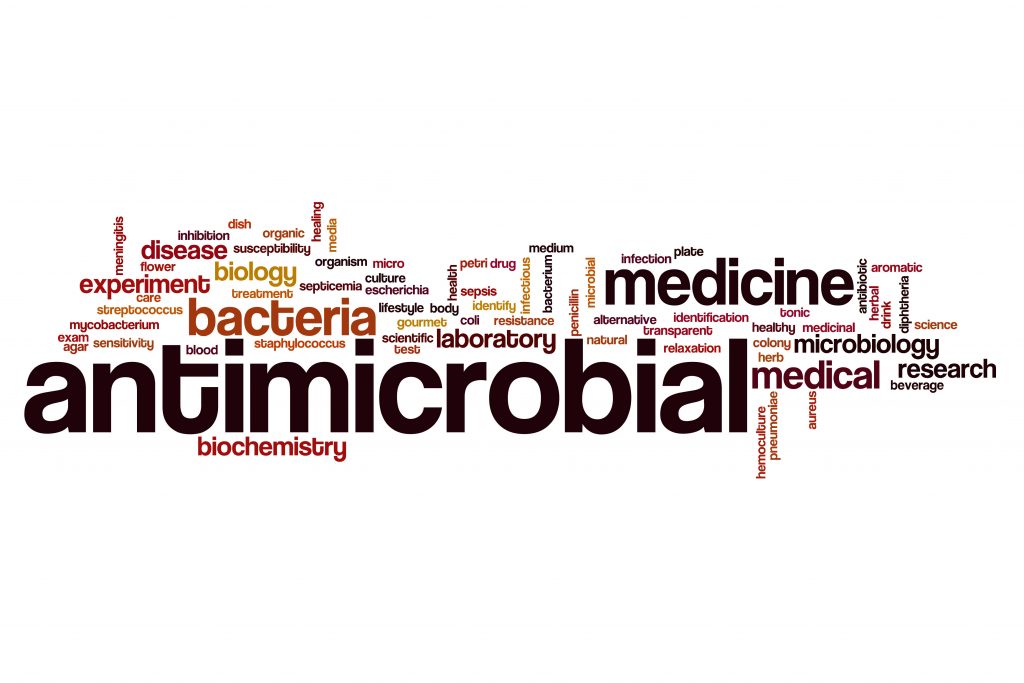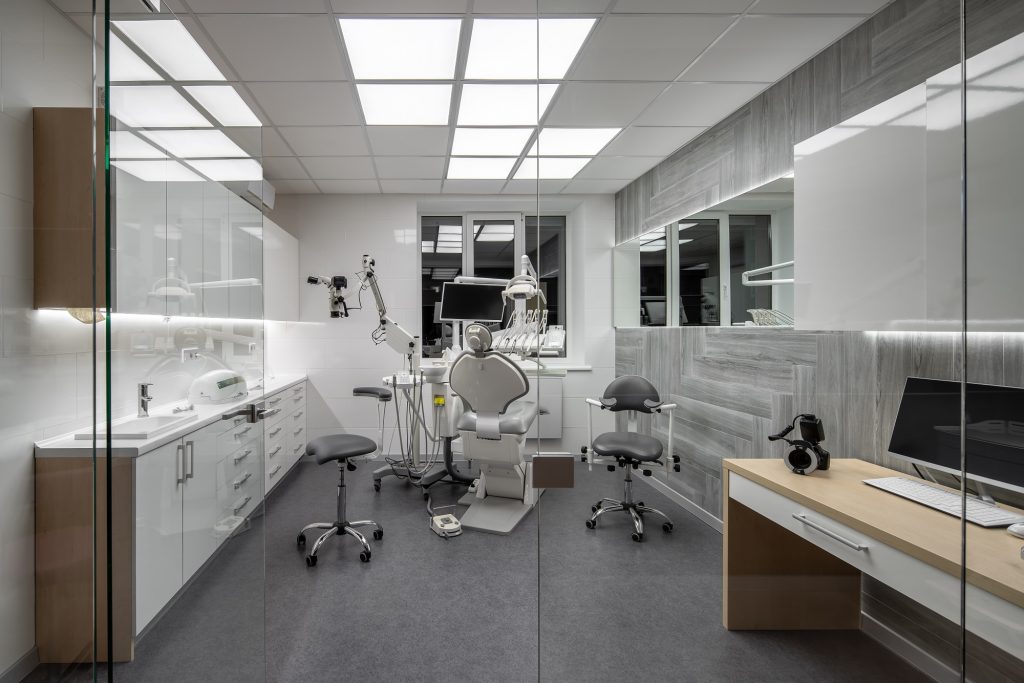The use of biocidal – antiviral and antibacterial – coatings for protection of furniture and devices against bacteria, viruses and fungi in healthcare facilities


Health issues become more and more important with every year. There are also more ways to care for it. All the solutions are designed to limit the spread of pathogens, and thus – often very dangerous diseases. It matters especially now when the recent pandemic took a toll on social life, economics and health. The way to protect against bacteria and viruses can be social distancing, washing hands, sanitizers, and even… biocidal varnishes. The paint and varnish industry has come towards the societal needs by creating special antibacterial and antiviral coatings. What exactly are biocidal varnishes? What are their biggest advantages and why is it worth choosing them? How do biocidal coatings work on a daily basis?

A short introduction – how do biocidal coatings work?
Biocidal coatings are special varnishes designed to fight microbes that are dangerous for humans, such as bacteria and viruses. They not only prevent the transmission, but also the multiplication of microbes. Biocidal coatings are tailored to our times – with new viruses spreading, new antibiotic-resistant bacteria emerging, and lifestyle changes after COVID-19 pandemic ended. Biocidal varnishes come in two most popular types.


Biocidal coating with silver ions
Silver ions are highly effective in combating pathogens, therefore they found their use in the producion of biocidal coatings. The mechanism ofaction of the coating is not complicated. In this purpose, glass pigments, which are the carriers of silver ions, are used. They have been known as killers of bacteria, viruses and fungi, for years. Glass, after contact with moisture, acquires the ability to release silver ions, which efficiently eliminate all the pathogens on the coating in nearly 100%.


Coatings with active nanosubstances
Coatings with active nanosubstances are different from the ones with silver ions. They contain nano-sized substances which effectively destroy all the organic substances, including viruses, bacteria, pathogens, moulds, fungi, etc.
An additional advantage of varnishes with nanosubstances is their exceptionally easy application. They can be easily sprayed on surfaces we would like to protect. Nanoparticles do not need a layer which is adhesive to the substrate, like it is in case of regular paints and varnishes. They can be simply sprayed in the room, and they will just settle on furniture and devices, somewhat merging into their surfaces.


Why are biocidal coatings worth choosing?
Biocidal coatings have many advantages and are getting used more often. At first, their immediate action should be mentioned. The bactericidal and virucidal effect is immediate and electrifying. Biocidal coatings have up to 99% effectiveness in combating pathogens. Moreover, their action is long-lasting, and high quality varnishes keep their properties for up to 12 months.
Easy application of a coating is a great advantage as well. These varnishes successfully work on virtually every surface, which enables us to use their biocidal action in almost any place and conditions. Biocidal varnishes fight pathogens but do not increase the development of their immunity.


Biocidal coatings in healthcare facilities
Biocidal varnishes are used wherever the multiplication of dangerous microorganisms is especially dangerous to human health. Hence, they are most often used in public facilities, especially in hospitals and healthcare facilities.
Another big advantage of biocidal coatings is their universality and the fact that they can be freely used on various surfaces. They are perfect for all places that are exposed to contact with patients and multiplication of pathogens. Even a small amount of varnish has a strong microbiocidal effect which is extremely important in healthcare facilities. The varnish is most odten applied on walls, floors and other surfaces, such as door handles or handrails.
Biocidal coatings are easily applicable on a surface. The varnish with silver ions can be applied using traditional methods such as spray gun or a paintbrush. Nano-biocidal varnishes, on the other hand, can be sprayed in a room, and that makes their application fast and effective. The particles of a varnish reach every space and absorb into every surface, and – in effect – an entire room is covered with a coating which destroys pathogens and stops multiplication and transmission of moulds, fungi, viruses, and bacteria. This effectively protects patients and staff inside the facility against many dangerous diseases and infections.
In the case of biocidal coatings based on nano substances, there is no need to apply a thick layer of a coating – namely, apply a coat of a paint or varnish – because the nanoparticles are small enough to spontaneously absorb into the surface and merge with a substrate, and that makes them become a part of a coated material. Biocidal coatings can be found in both transparent and coloured versions, therefore can be successfully incorporated into the interior design of a facility. The varnishes are specifically adapted to harsh conditions and are resistant to popular sanitizers used in hospitals as well as mechanical exploitation.


We help you choose a product!
We are here to help you choose a special ink/paint or varnish for your specific project!
Tailor-made products are our specialty.



